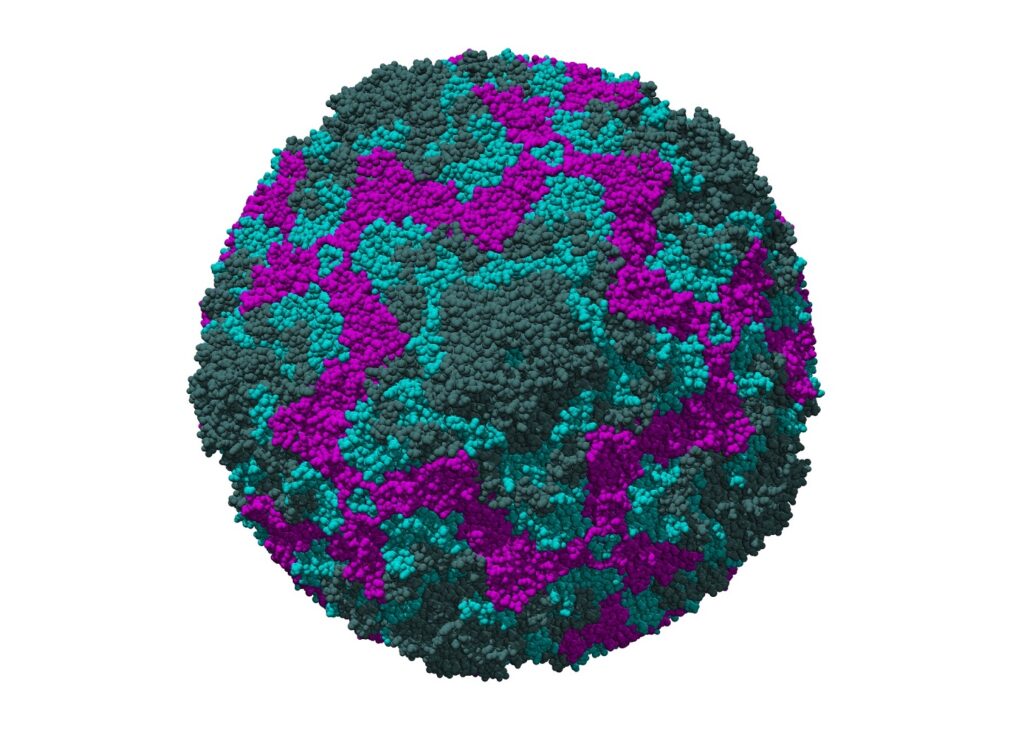Overview of Enterovirus D68
Many of you have heard about children being at risk for Enterovirus D68 in the news and are concerned. We hope to shed some light on this and help demystify what has been discussed in the news.
While many viruses symtpoms include a typical fever, cough and runny nose, D68 doesn’t always follow this typical pattern. While some kids will run a fever, most do not. Instead, they often show symtpoms of persistent coughing, and in some cases wheezing. Basically they can present like a child with asthma with no previous history of asthma. And just like asthma, this can range from mild cough to full blown wheezing and difficulty breathing.

Born in the 60’s
Enterovirus D68 has been around a long time. In fact it was first discovered in California in 1962. This was the same time that the Beach Boys were discovered! So why all the fuss now? Up until now the virus was not widespread. Without widespread exposure there is limited immunity or resistance to the virus. This poses a problem as large portions of the population are vulnerable to it.
Since the symptoms mimic asthma, even in children with no history of asthma, those with pre-existing asthma are the most vulnerable to the severe symptoms that result in hospitalization.
Prevention and Treatment
The best way to prevent and protect your children is with good hand-washing habits. In addition children and adults should cover their mouth with a tissue when they cough. If that isn’t going to happen due to lack of availability, children should cough into the crook of their elbow or upper sleeve instead of their hand.
Treatment is primarily supportive with medications typically used to manage asthma. If you are not sure or are concerned about your child’s persistent cough or if there is evidence of wheezing or breathing difficulties it is best to have your child seen. We, as always are available to assist you.
Stuart C. Silverstein, MD is the Medical Director of Firefly Pediatric Urgent Care and is the author of Laughing Your Way to Passing the Pediatric Boards

Dr. Stuart Silverstein,
MD, FAAP.
